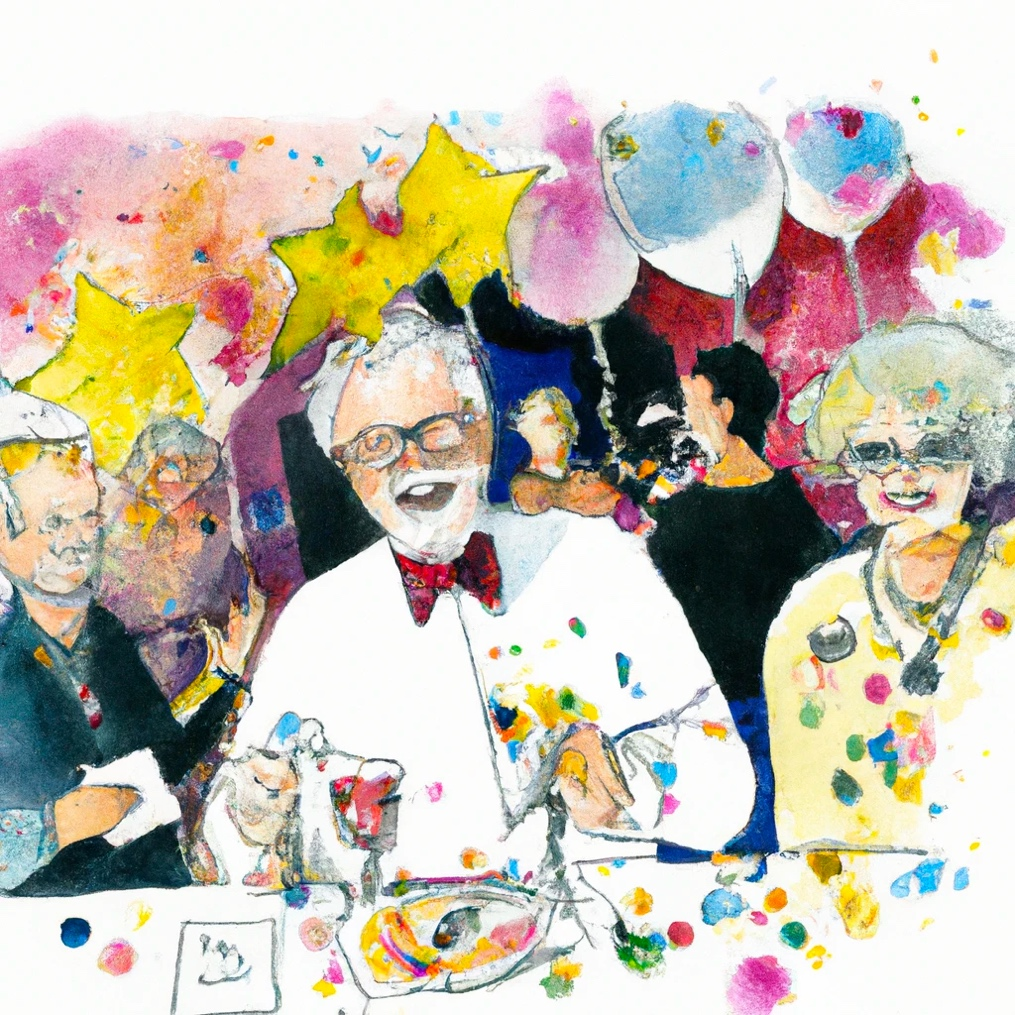It is time to retire user experience and design
The terms “user experience” (UX) and “design” have become common parlance in modern tech teams. Fulfilling the dreams of UX pioneers. “UX here, customer-focused there”. We are even starting to talk about design-led companies (e.g., Airbnb). However, these terms are still confusing. Unlike the role of a software engineer, the responsibilities of a user experience designer are still often unclear. What a user experience designer does in different companies can be quite different. In some places, a designer is there to support the work through workshops and collaborative sessions. In others, it is about talking to users and understanding their needs. But if we are honest, most people think that a designer is there to push pixels, create a pretty interface, and get out of the way. And I think this is in part to the term.

What is one of my main problems with the term user experience? The concept of UX is not the responsibility of a single role. In reality, everyone involved in product development contributes to the user experience. A software engineer’s work, such as reducing an application’s load time from 2 seconds to 200 milliseconds, is often one of the most impactful activities. From both a business and a user perspective. If everyone is responsible for the UX, what does a UX person do? “If we are writing code, I guess they must be making it nice”.
The term “designer” is also often misunderstood. Many perceive designers as visual artists, but the design should go well beyond aesthetics. It should include research, user interaction, facilitating goal-setting processes, and more. But again, to be honest, the term designer is so inflated. Everyone is a designer. Even engineers do ‘system design’.
The current use of these terms is full of loaded prejudices. They are often viewed through a specific lens. Focusing on the visual elements and neglecting the large submerged part of the responsibility-iceberg. This limits the understanding of what professionals in the field do and shapes the expectations of those entering the industry. Can we save the ship from colliding with the iceberg?
To get away from these misconceptions, we should rethink the terminology. After discovering the work of Christopher Alexander, I found a compelling alternative to draw a parallel with architecture. We think of architects not just for drawing floor plans, but for their holistic approach to the needs of a building’s occupants. We need to do the same for digital product design roles. We should use terms like ‘product architect’, ‘digital architect’, or ‘experience architect’. This would make it clear to the vast majority of people what the work of a digital designer is really about.
Product architect or digital architect embodies what a designer has always been meant to do, but often hasn’t been empowered to do. This role is about understanding users, synthesizing possibilities, and creating digital spaces that are livable and intuitive. It shifts the focus from mere appearance to the substance of design. While there may be some overlap with the role of a product manager, I will (conveniently) leave that aspect for another time.
The introduction of new terminology such as ‘product architect’ would not be a breakthrough in the way design is perceived in the technology industry, but it does challenge professionals and the public to ask, “Why are they using this term?.”
It’s time to retire ‘user experience’ and ‘design’ as we know them. This shift should emphasize the true value these roles bring to product development: empowering users through functional, thoughtful design rather than a “nice paint job”. Or at least will give the 80% of people that don’t bother to understand UX a picture closer to reality.